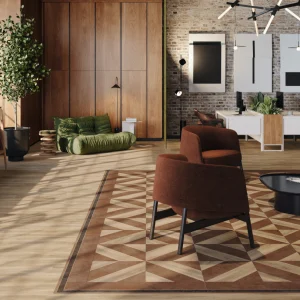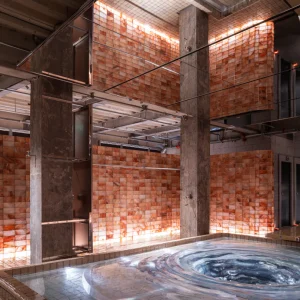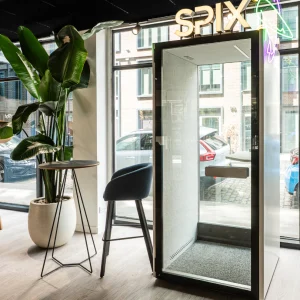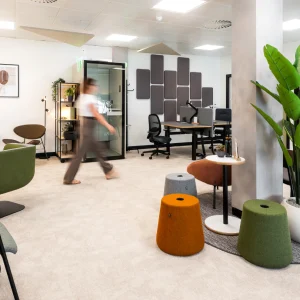The Sheikh Zayed Bridge, designed by Zaha Hadid Architects, took almost eight years to complete. Named after the country’s former president Sheikh Zayed bin Sultan Al Nahyan, the bridge connects the mainland to the island of Abu Dhabi.
The bridge has been designed as a unique orchestration of a straight, linear bridge deck and a sensually-shaped double spine, consisting out of three times two arches. It consists of concrete strands that gather on one shore, flowing across to the adjacent shore in a sculptural waveform. The bridge arch structure soars to heights of up to 60 metre above water level, creating a gateway to the city over the Maqta Channel.
The lighting design envisioned for the bridge comprise of dynamic coloured lights that flows smoothly across the channel. The structural silhouette shape, the ‘spine’ of the bridge, is highlighted by dynamic coloured light, while the underside of the road deck features integrated monochrome dynamic ‘cell’ lighting. A lighting control system allows for animated flow movements in the spine and the cells, resulting in fluid patterns of light travelling along the bridge.
With new moon, the bridge lighting links with the appearance of the Grand Mosque. Both structures appear to be tinted in deep blue colours and create awareness of urban connectivity.
The initial lighting concept was developed at Hollands Licht by Rogier van der Heide. The lighting design was further detailed with an international design team at Arup. The final project phases, including programming of 13 artistic scenarios, were led by Simone Collon.





